Review: Chrysler 300C SRT8
Back in the day, “American cars” were vast pieces of rolling sculpture powered by low-revving V8s driving the rear wheels through three-speed slushboxes. With a column shifter and bench front seat, they were designed to float effortlessly along in a straight line. The “imports” were the opposite of all of the above. Today these distinctions have all but disappeared. Four-wheeled wretched excess—in styling, in horsepower, in features, in sheer mass—has become much more typical of Munich and Stuttgart than Detroit. Neither GM nor Ford even offers a large rear-wheel-drive sedan to Americans. If you want the most traditionally American car available—that isn’t a truck—your only options come from an Italian-controlled plant in Canada. The 2011 Dodge Charger (in 370-horsepower R/T form) and I didn’t hit it off. Perhaps the Dodge, with its “four-door muscle car” exterior and 4/3-scale instrument panel, was just too American for me. So I requested the Chrysler variant to test the 470-horsepower SRT mill. Is the 2012 Chrysler 300C SRT8 too American, appropriately American, or not American enough?
In recent decades, domestic manufacturers haven’t had much luck getting the general public to notice their new cars. But periodically they put one out that EVERYONE notices. With bold, even brash styling, the 2005 Chrysler 300C was one of these cars. The 2011 redesign is more elegant and less gangsta. Would it have made as great an impact as the 2005 back in ‘04? Probably not. But with the 2005 to blaze a trail, and a strong resemblance between the two, the second-gen car can afford to be more subtle. The “baby Bentley” grille (stealing from the Brits being a longstanding American tradition) has been toned down, perhaps overly much. But a little rake to the beltline, which lends the car a more dynamic appearance, and a brilliantly executed rear end make up for this. Have the refinements robbed the 300C of its distinctly American character? Well, American styling isn’t necessarily over-the-top. Detroit didn’t only give the world the ’57 300C and ’59 Eldo. It also gave us the ’61 Continental and ’63 Riv.
Interior styling: not American enough
The 2005 Chrysler 300C’s interior was too traditionally American, with rectangular elements finished in silver and trimmed in faux chrome. With the 2011 redesign the interior was entirely redone. Materials have been upgraded, yet aside from the synthetic suede on the seats and door panels seem much more appropriate at $33,000 than at $53,000—always a danger when a single model spans a very wide price range. Most of the surfaces are the soft-touch sort, but many don’t LOOK soft. The design of the new interior is overly generic, and fails to continue the bold flavor of the exterior. As in many current Chryslers, the surface detailing is overly plain and seems incomplete. In SRT8 trim, which includes an anthracite headliner, only the instruments’ powder blue lighting (an interesting choice) saves the cabin from having all the cheer of a coal bin. Not a bad interior, just a cold and boring one.
The toned-down exterior pays visibility dividends. With a less radically upright windshield and enlarged windows, it’s much easier to see out. But you’re still clearly not sitting in any old car—the view over the hood still suggests size and muscle. As in the Charger, those under 6-2 will want to raise the front seat. Unlike in the Charger, the instrument panel doesn’t seem ridiculously large even with the seat raised. The front seats are large and comfortable, but aren’t as aggressively bolstered as those in the first-generation SRT8. This last change could be good or bad, depending on how large you are. But all is not optimal for the XXL driver: you won’t find the sort of wide open space that used to typify American iron thanks to the height and breadth of the un-American center console.
The rear seat isn’t as wide as the broad-shouldered exterior suggests, but the cushion is comfortably high and rear legroom, at just over 40 inches, is ample. The center console can swallow a fairly large camera. Truck volume, at 16.3 cubic feet, is merely acceptable for a car of this size, but the rear seat can be folded to expand it. This last feature is ironic: in a reversal of tradition, it’s now as rare in upscale Japanese sedans as it used to be in American ones.
Features and functionality: ergonomics knows no borders
The interior’s aesthetic restraint contributes to easy-to-use controls, which pair large knobs with a fat-finger-friendly touchscreen. A SafetyTec Package includes adaptive cruise, forward collision warning, a blind spot warning system, and cross-path detection. These systems work well enough—if you properly configure them. When the sensitivity of the forward collision warning is set to “far,” it detects an impending collision at any curve in the road where a sign is posted. I also disabled the audible warning for the blind spot system. Prior to these two tweaks the frequency of warning beeps was maddening. Unfortunately, no settings are offered for the seatbelt warning system, which has no grace period. (Buckle up immediately or be scolded.) The SRT8 includes an acceleration timer and G-meter. One suggestion with the latter: round very small numbers to zero. As is, the meter often displays 0.02 or so when heading straight down the road. A final oddity: the “Sport” button that adjusts the transmission and adaptive dampers is on the page for the seat heaters.
Engine: gloriously American
Look, Ma, no cover! For 2012, the SRT “HEMI” V8 engine gets a bump from 6.1 to 6.4 liters and the 5.7’s multi-displacement system. The former change enables a 45 horsepower bump, to 470 at 6,000 rpm. Torque is up 50 pound-feet, to 470 at 4,300 rpm. The 6.4 is vocal when prodded, but not too loud, and its noises are music to any enthusiast’s ears. Despite a fairly high state of tune and pushrod valve actuation, there’s no lumpy idle or mechanical thrashing at high rpm. The regular 300C mill is hardly torque-deficient, with 394 pound-feet at 4,200 rpm. Still, the SRT8’s additional twist is readily evident. In fact, the Goodyear Eagle RS-A 2s on the tested car were not remotely capable of handling all of it. Mash the go pedal at any speed up to 35 and the rear end not only breaks loose but kicks out to the right. On dry pavement. Grippier summer tires are a $150 option. (These were originally installed on the tested car, but were removed for the winter.)
Transmission: too American even if it’s German
Though Detroit’s longstanding ratio deficiency appears to be nearing its end, this end hasn’t come soon enough for the 2012 300C SRT8. The five-speed automatic supplied by former “partner” Daimler is not only short on ratios but slow to react and often bumpy when it finally does so. Hopefully the ZF 8-speed automatic paired with the V6 migrates up the line soon.
Fuel economy: too American
The original SRT8 engine incurred a $2,000 gas guzzler tax. (Unless you got the Dodge Magnum wagon, which was classified as a truck.) One reason: the 6.1 lacked the 5.7’s cylinder deactivation system, whereby the engine runs on only four cylinders while cruising. I suggested that they add it.
With the 6.4, they have. Results are…mixed. The EPA ratings are up from 13 city / 19 highway to 14 / 23. The gas guzzler tax is halved. In suburban driving with a light to moderate foot the trip computer reported between 14 and 16 miles-per-gallon. A heavy foot easily sends the numbers into the single digits.
So, what’s not to like about this improvement (aside from its modest size)? Combine the SRT8’s more vocal character with cylinder deactivation and you get a mildly unpleasant rumble in “eco.” Active noise cancellation would help.
Handling: too American?
The 300C SRT8, with the benefit of a slightly firmer suspension and adaptive dampers, handles better than the Charger R/T. But it’s still not a budget alternative to the $67,000+ Cadillac CTS-V. The Chrysler feels much larger—partly because it is larger (198.6 x 75.0 vs. 191.6 x 72.5 inches, 4,365 vs. 4,255 pounds). But beyond this the Chrysler’s steering doesn’t feel as sharp, as nuanced, or as direct and its body motions aren’t as tightly or as precisely controlled. Pitch the big car into a curve and there’s a touch of slop before the chassis takes a set (even in “Sport”). Once there, the car handles stably and predictably. In a much more fair comparison, the SRT8 rides and handles with considerably more composure than the Hyundai Genesis R-Spec, the only other largish sedan with 400+ horsepower at a similar price.
While the suspension can get jittery over the small stuff, it absorbs larger bumps well and remains far from harsh. Noise levels are fairly low, with the overall ambiance just short of that of a truly premium car. The 300C SRT8 doesn’t make you want to take the long way home, but it doesn’t make every mile of your commute feel like a punishment, either. You’ll feel like a badass while driving this car, without suffering one.
Pricing: appropriately American
The tested $53,435 car had the SafetyTec Package and the 900-watt audio system, each of which bumps the price by $1,995, but not the $1,495 panoramic sunroof (which would have helped lighten up the dark interior). A Cadillac CTS-V equipped like an unoptioned 300C SRT8 is over $18,000 more—hence the unfairness of my comparisons to it. And the Hyundai Genesis R-Spec? It has standard equipment comparable to that of the tested car, plus a sunroof. Add 19-inch tires to the Hyundai, and it lists for $48,750, with no gas guzzler tax. So about $6,200 less than the Chrysler before adjusting for remaining feature differences and about $4,100 less afterwards (based on TrueDelta’s car price comparison tool). Compared to any other 400-plus-horsepower sedan, though, the Chrysler costs far less. An Infiniti M56 is about $15,000 more. Something European? If you have to ask…
Overall: honestly American
A sign of the times: the most American sedan you can buy is assembled in a Canadian plant with a Mexican engine and a German transmission by an Italian-controlled company. So what makes it American? The configuration, the look, the feel. A large, powerful, boldly (yet also tastefully) styled semi-premium car at a relatively low price? You can’t get much more American. The Hyundai Genesis R-Spec has similar specs and a similar price, but it has no identity, neither a heritage nor anything that makes it special. Granted, the 300C SRT8 looks more special than it feels. In normal driving, its drivetrain and chassis provide few clues to the car’s performance potential. But is this a weakness? For me personally, yes. But today’s upscale sedans sacrifice driver involvement in favor of driver isolation. They’re all becoming more American because this is what many people worldwide, not just most Americans, want. At least the Chrysler comes by this character honestly.
Chrysler provided the car with insurance and a tank of gas.
Michael Karesh operates TrueDelta.com, an online provider of car reliability and real-world fuel economy information.
Michael Karesh lives in West Bloomfield, Michigan, with his wife and three children. In 2003 he received a Ph.D. from the University of Chicago. While in Chicago he worked at the National Opinion Research Center, a leader in the field of survey research. For his doctoral thesis, he spent a year-and-a-half inside an automaker studying how and how well it understood consumers when developing new products. While pursuing the degree he taught consumer behavior and product development at Oakland University. Since 1999, he has contributed auto reviews to Epinions, where he is currently one of two people in charge of the autos section. Since earning the degree he has continued to care for his children (school, gymnastics, tae-kwan-do...) and write reviews for Epinions and, more recently, The Truth About Cars while developing TrueDelta, a vehicle reliability and price comparison site.
More by Michael Karesh
Latest Car Reviews
Read moreLatest Product Reviews
Read moreRecent Comments
- Fred I'm a fan and watch every race. I've missed a few of the live races, but ESPN repeats them during more reasonable hours.
- Mikesixes It has potential benefits, but it has potential risks, too. It has inevitable costs, both in the price of the car and in future maintenance. Cars with ABS and airbags have cost me at least 2000 bucks in repairs, and have never saved me from any accidents. I'd rather these features were optional, and let the insurance companies figure out whether they do any good or not, and adjust their rates accordingly.
- Daniel Bridger Bidenomics working.
- Michael Gallagher Some math! The cost to produce US Shale derived oil is between $35 to $55/bbl. Middle East oil cost about $15/bbl. If OPEC wanted, they could produce more , driving oil prices below our costs and decimating our domestic industry. We have whispered in their ear that they should endeavor to keep the price above our cost, in exchange for political, economic and security favors. Case in point, during COVID when gas dropped below $2/gal , producers were losing money, Trump had to approach the Saudis requesting them to cut production to raise the oil price above our cost. If the global oil industry was truly competitive, our industry would be out of business very quickly due to our much higher cost of production. Those that long for those covid prices need to realize it would be at the expense of our domestic industry.
- Norman Stansfield I'm training to be a mechanic, and have been told this or a Harley would be a good start.



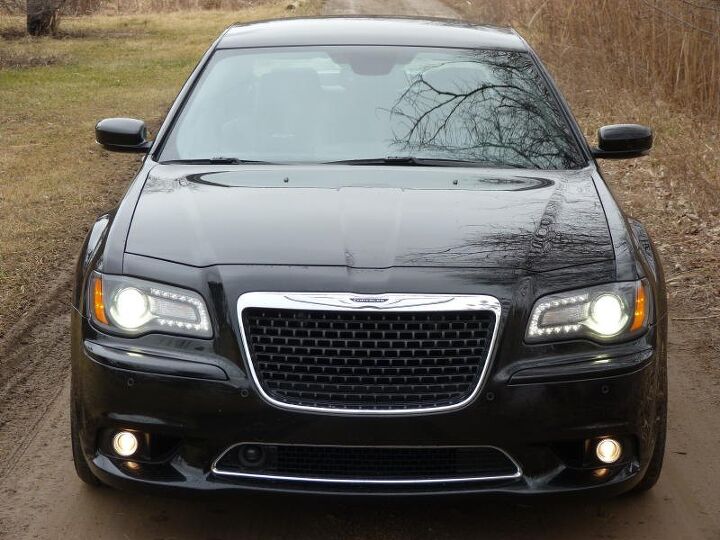

































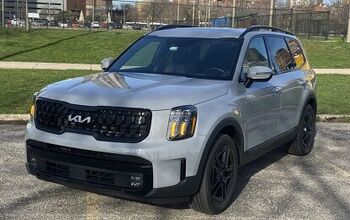
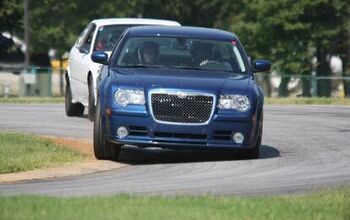
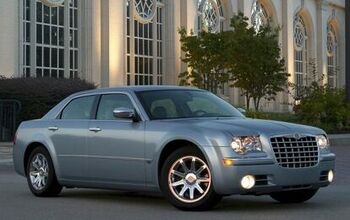
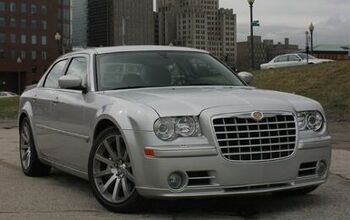
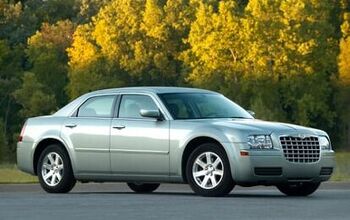
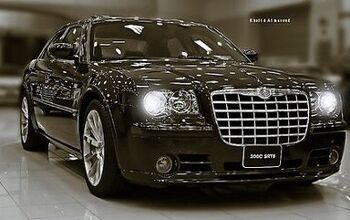
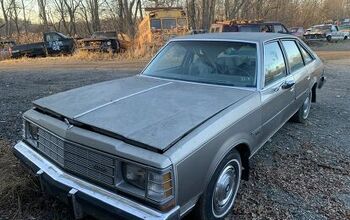
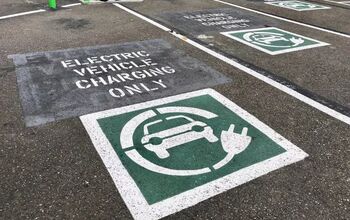
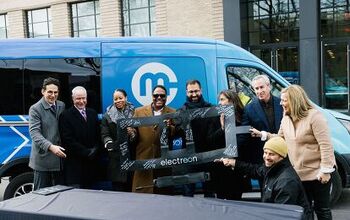
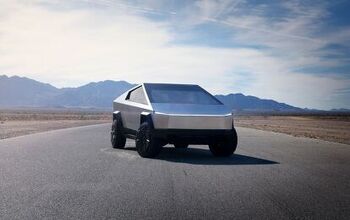


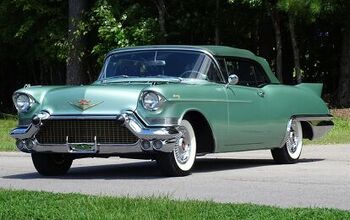
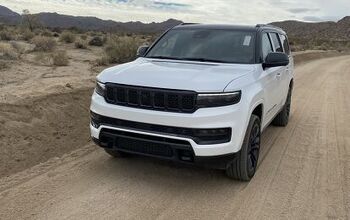

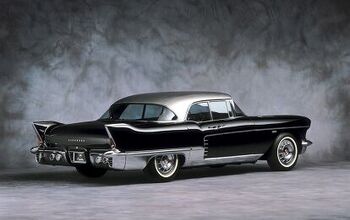
Comments
Join the conversation
I reread the Charger review and I don't understand the comments about the instrument panel at all. I've ridden or driven in a current Charger several times and sat in one in the showroom a few times while waiting for my car (Challenger) to be serviced, and I've never thought, "Wow, the instrument panel is really big". Seems fine to me. I'm 5'11 and see just fine out of it with the seat all the way down, just like I did in my last car, an '08 Charger R/T. I actually like the looks of the 300 better than the Charger now, before it was a tossup on the exterior, with the Charger the winner inside (I hated the horn rimmed wheel and the weird font on the IP).
Whoa, how did Dodge Magnum get classified as a truck? Can they use same trick with other wagons?